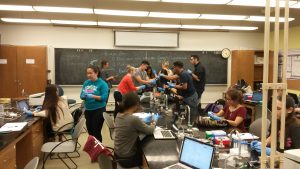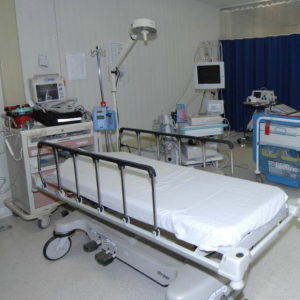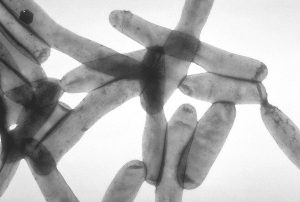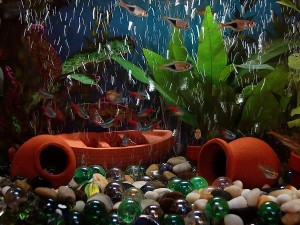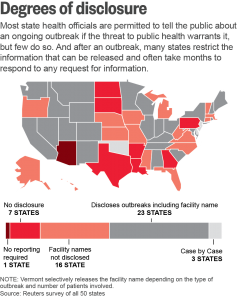As introduced a few months ago, our lab (with indispensable help again from Ashley Vater) taught a new research-based freshman seminar course. The impetus for this course was one that we ran last year, testing if Swabs to Genomes was possible in a 10-week quarter. Given the complexity and expense of the genome sequencing, we …
Microbes around the house Editorial: An emerging paradox: Toward a better understanding of the potential benefits and adversity of microbe exposures in the indoor environment – J. Mensah-Attipoe – Indoor Air (OA) In order to further explore indoor microbial exposures and their associated health effects, and to help establish research agenda priorities, a two-day workshop to …
Invasive fungal infections acquired in the hospital have progressively emerged as an important cause of life-threatening infection. In particular, airborne fungi in hospitals are considered critical pathogens of hospital-associated infections. Just a quick post – this may be of interest. Source: High diversity of airborne fungi in the hospital environment as revealed by meta-sequencing-based microbiome …
Just got this from the a representative of the National Academy of Sciences who asked me to post here. UPDATED June 13, 2017 (based on email from NAS) Scope of work: An ad hoc committee of The National Academies will review the state of science with respect to Legionella contamination of water systems and issue …
Just a quick post here. Studies of the microbiology of built environments that house animals (e.g., aquaria, farms, animal shelters, zoos, etc) are of growing interest for multiple reasons. In that regard this paper might be of interest to some – because it covers some topics that are sometimes neglected in this general area – viral diversity …
Vague rules give healthcare providers leeway in deciding when, or even whether, to report clusters of infections. And when they do, the public rarely knows. This is a really really big deal. We desperately need to be more open about antibiotic resistant bugs and any outbreaks of them. Kudos to Reuters and Deborah J. Nelson, David Rohde, …
Microbes and buildings Bacterial Hygromorphs: Experiments into the integration of soft technologies into building skins – ACADIA 2016: Association for Computer Aided Design in Architecture – Carolina Ramirez-Figueroa – Newcastle University (OA) The last few years has seen an increase in the interest to bring living systems into the process of design. Work with living systems, nonetheless, presents …
“Social media is a waste of time”, “You should be writing grants”, “Spend more time at the bench and less time on Twitter” I don’t really want to wade into this discussion too strongly… there are a number of great resources out there documenting the utility of social media in science and science communication (examples …
Since this was the last week of the quarter, we didn’t require the students to blog as in the previous 9 weeks. Also, mostly we recapped what had happened in the class and discussed various assignments. But the students did measure the antibiotic resistance of their strains, and we also had a powerful demonstration of …
New RFA for 2018–2020 now available! Closing Date: February 17, 2017Request for Applications (RFA): “National Indoor Environments Program: Reducing Public Exposure to Indoor Pollutants”U.S. EPA’s Office of Air and Radiation (OAR), Indoor Environments Division (IED) has posted a new RFA (EPA-OAR-ORIA-17-02) here, www.epa.gov/grants/air-grants-and-funding, and here, www.grants.gov/web/grants/view-opportunity.html?oppId=290725. EPA expects to make between 10 and 20 awards. …
